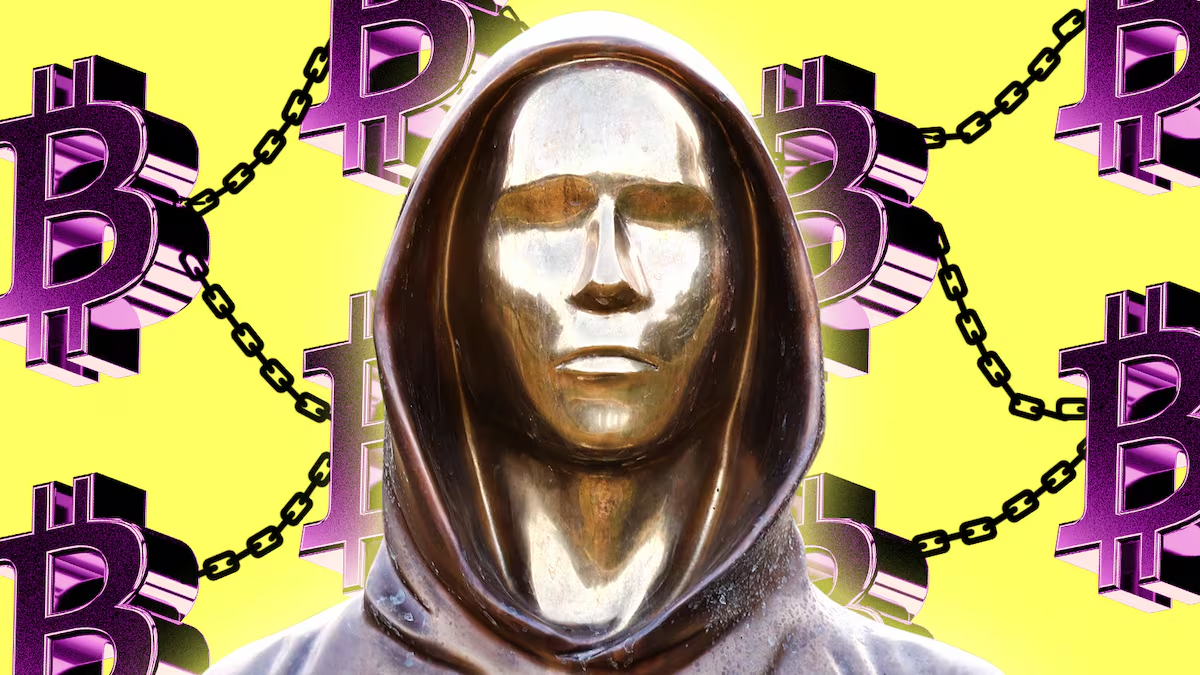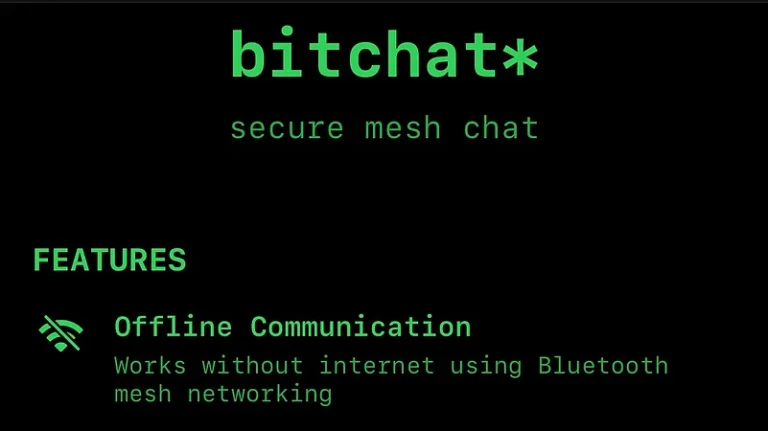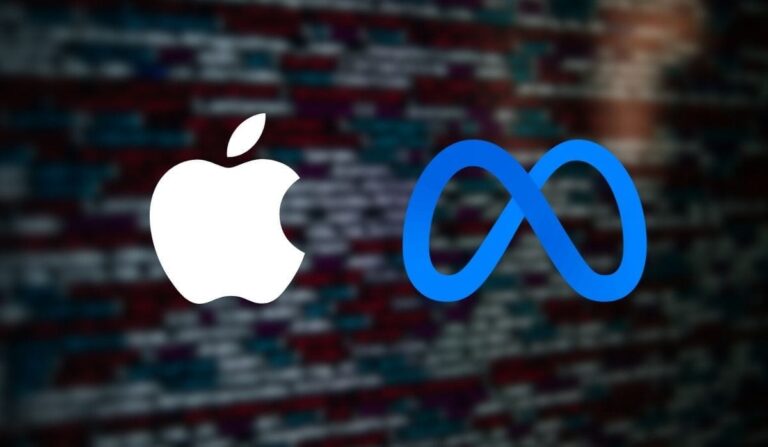Satoshi predicted the quantum computing threat 14 years ago

Satoshi predicted the quantum computing threat 14 years ago
The release of Google’s Willow chip, a powerful quantum processor, has reignited concerns about the potential threat quantum computing poses to cryptographic systems like Bitcoin. At first glance, the capabilities of such quantum computers might seem like a death knell for Bitcoin’s security model, which relies heavily on cryptographic protocols such as SHA-256 and ECDSA (Elliptic Curve Digital Signature Algorithm). However, Bitcoin’s resilience lies not just in its current cryptographic strength but also in its adaptability. Satoshi Nakamoto, Bitcoin’s pseudonymous creator, anticipated the potential evolution of quantum computing over a decade ago, crafting Bitcoin with flexibility in mind to counter such threats.
Satoshi Predicted the Quantum Threat 14 Years Ago
In a forum post from 2010, Satoshi Nakamoto acknowledged the possibility of quantum computers breaking elliptic curve cryptography. However, Satoshi’s vision for Bitcoin extended beyond its initial implementation. The Bitcoin protocol was designed to evolve, allowing the network to upgrade its cryptographic algorithms if and when a significant threat arises. Today, researchers and developers within the Bitcoin community actively explore quantum-resistant cryptographic solutions, ensuring Bitcoin’s long-term security.
The development of quantum computers like Google’s Willow chip may accelerate these efforts, but it does not spell the end for Bitcoin. On the contrary, it underscores Bitcoin’s foundational strength: decentralization and a committed, forward-thinking developer community. As the technological arms race between cryptography and quantum computing continues, Bitcoin’s robust architecture and adaptability position it as a resilient and enduring digital asset.
Why Bitcoin Isn’t Afraid
Bitcoin’s confidence lies in the community’s ability to respond. As quantum computing advances, cryptographic methods like lattice-based cryptography, which are inherently quantum-resistant, can replace existing algorithms through soft forks or upgrades to the Bitcoin protocol. The decentralized nature of Bitcoin ensures that no single entity can unilaterally dictate such changes, but the network’s history demonstrates that consensus-driven upgrades are achievable when needed.
The emergence of powerful quantum chips like Google’s Willow is not the doomsday scenario some critics paint it to be. Instead, it is a call to action for Bitcoin’s developers and stakeholders to further future-proof the network. Bitcoin, built with the foresight of Nakamoto’s vision, remains unshaken and ready to adapt in the face of quantum innovation.






